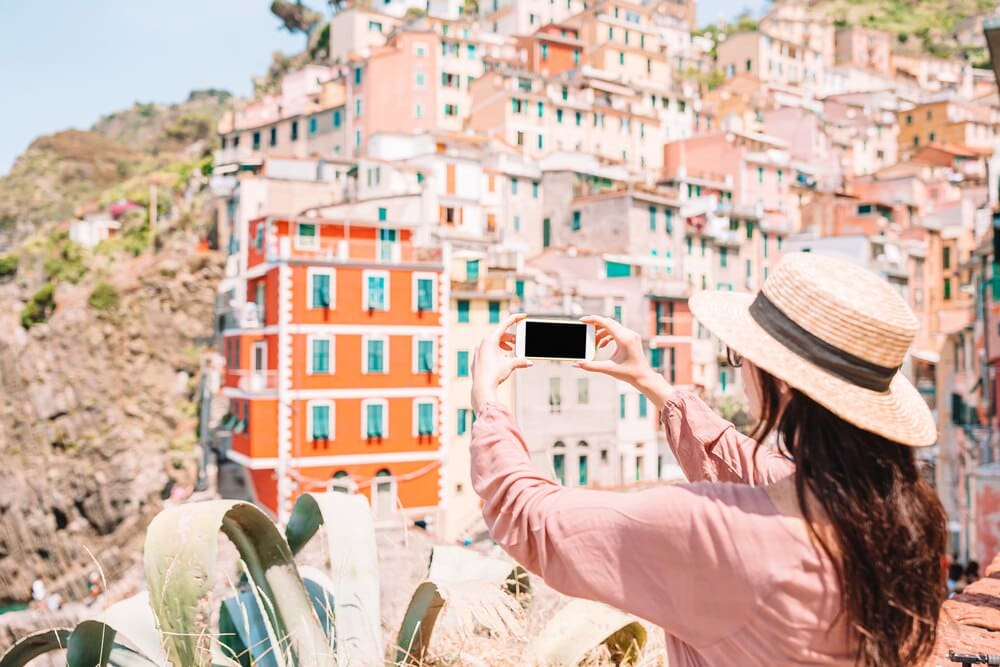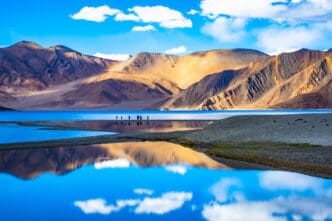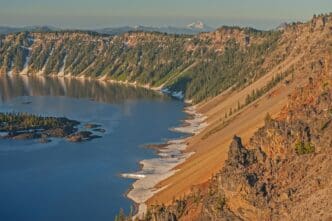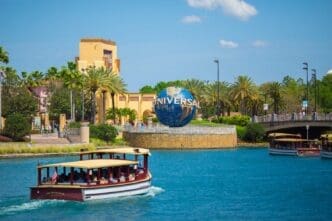For the first-time traveler, Italy presents a dazzling and almost overwhelming paradox of choice, a country where every region and city vies for attention with its own unique history, cuisine, and culture. A successful inaugural trip for newcomers hinges on a well-crafted itinerary that balances the nation’s unmissable icons with authentic local experiences. The best approach for those visiting Italy for the first time is to focus on a route that includes the foundational trio of Rome, Florence, and Venice, supplemented by forays into distinctive regions like the dramatic Amalfi Coast or the rustic hills of Tuscany, ideally during the shoulder seasons of spring or fall to avoid the peak summer crowds and heat. This strategy allows travelers to witness the grandeur that defines Italy on the world stage while also discovering the quieter, intimate moments that capture the essence of la dolce vita.
The Essential “Big Three”: A Foundation for Your First Trip
For any first-time visitor, the journey through Italy almost universally begins with three cities. Rome, Florence, and Venice form a cultural trifecta that provides the perfect introduction to the country’s immense artistic, historical, and romantic appeal. Connected by an efficient high-speed rail network, they create a logical and deeply rewarding travel circuit.
1. Rome: The Eternal City
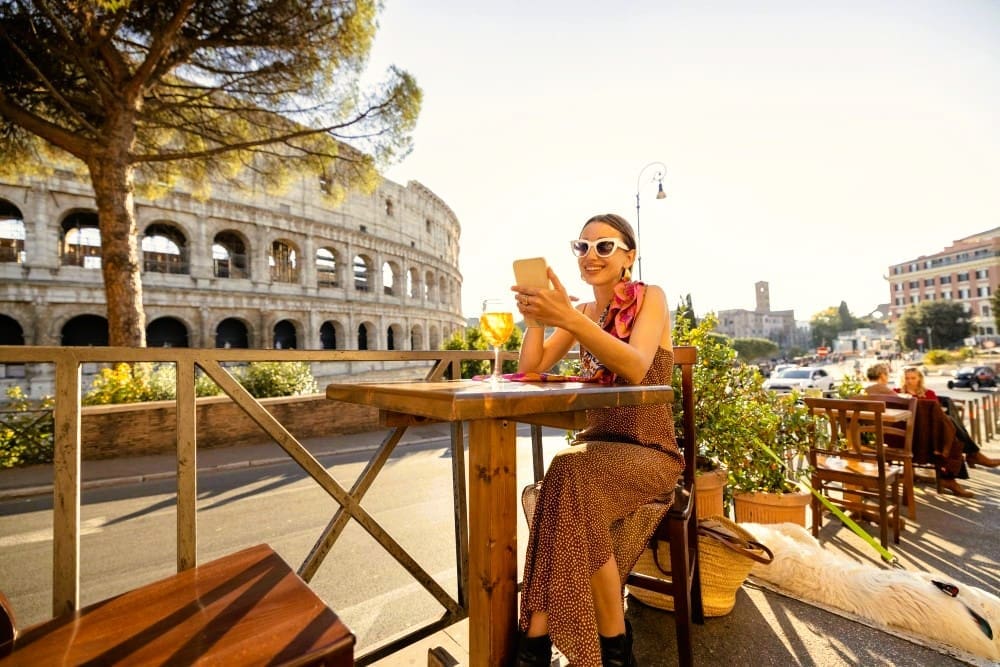
As the former center of a vast empire and the heart of Christendom, Rome is a living museum. History is not confined to galleries here; it spills onto every cobblestone street and into every piazza. For the first-timer, it is the ultimate immersion into the layers of Western civilization.
The sheer density of iconic sites is staggering. You will walk through the monumental Colosseum, picturing the gladiatorial contests that once captivated the masses. Nearby, the Roman Forum and Palatine Hill offer a sprawling landscape of ruins that once constituted the political and social heart of the ancient world. A visit to the perfectly preserved Pantheon, with its awe-inspiring unsupported dome, remains a mandatory and breathtaking experience.
No trip to Rome is complete without exploring Vatican City, the world’s smallest independent state. Here you will find St. Peter’s Basilica, a masterpiece of Renaissance architecture, and the Vatican Museums, which house Michelangelo’s transcendent frescoes in the Sistine Chapel. To avoid hours-long queues, booking tickets for these major attractions well in advance is not just a tip; it’s a necessity.
2. Florence: Cradle of the Renaissance
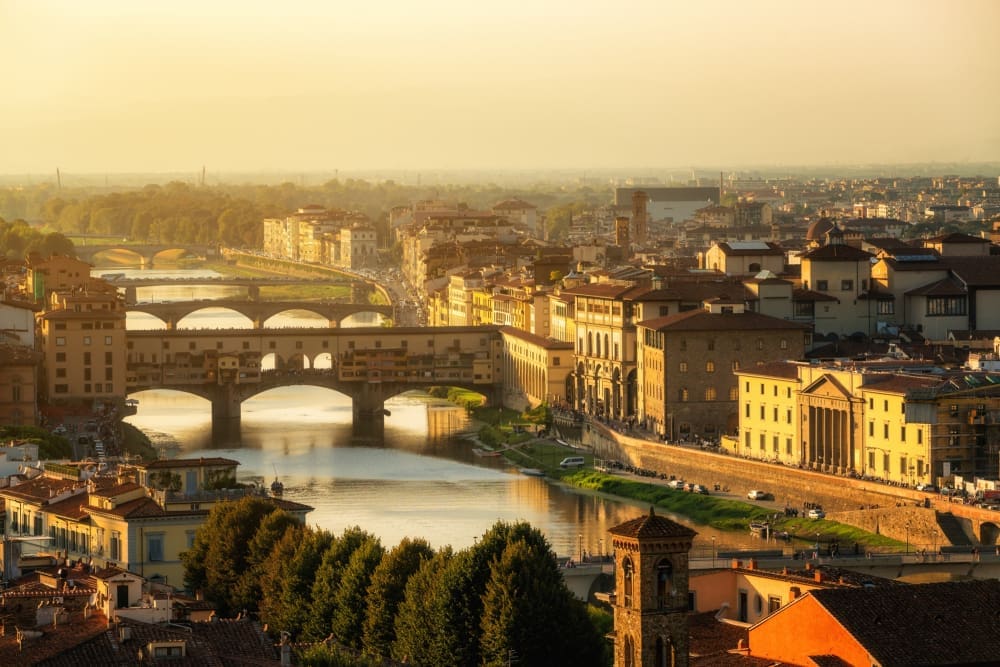
If Rome is about ancient grandeur, Florence is about artistic genius. This compact, walkable city is the undisputed birthplace of the Renaissance, a period of cultural rebirth that forever changed art, science, and philosophy. It is a city built on a human scale, where sublime beauty is found around every corner.
The city’s artistic treasures are concentrated in world-class museums. The Uffizi Gallery holds an unparalleled collection of Italian Renaissance paintings, including Botticelli’s “The Birth of Venus.” A short walk away, the Galleria dell’Accademia is home to Michelangelo’s David, a sculpture of such perfection it has become a symbol of the city itself. Dominating the skyline is the Duomo, Filippo Brunelleschi’s architectural marvel, and climbing its dome offers panoramic views of the city and the surrounding Tuscan hills.
Beyond the museums, Florence’s charm lies in its artisan workshops, leather markets, and the historic Ponte Vecchio, a medieval bridge lined with glittering jewelry shops. It serves as the perfect gateway to the wider Tuscan region, making it an essential stop.
3. Venice: The Serene Floating City
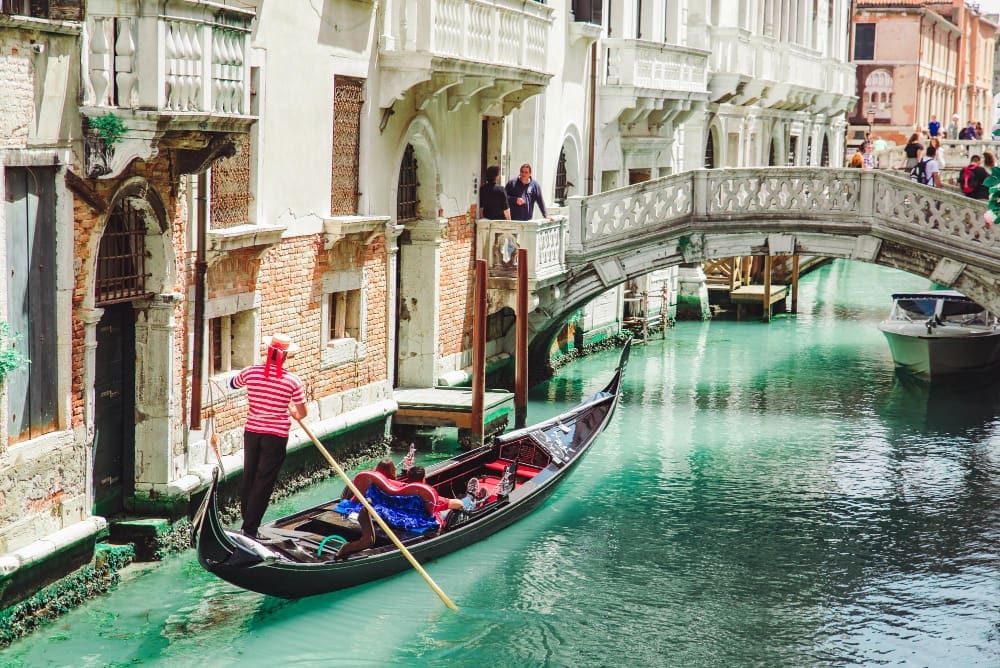
There is simply no other place on Earth like Venice. Built upon more than 100 small islands in a lagoon in the Adriatic Sea, this city without roads is a marvel of engineering and a bastion of romance. Its canals, gondolas, and labyrinthine alleyways create a magical atmosphere that has captivated travelers for centuries.
The heart of Venice is Piazza San Marco, or St. Mark’s Square, which Napoleon called “the drawing room of Europe.” It is flanked by the opulent St. Mark’s Basilica, with its glittering Byzantine mosaics, and the Doge’s Palace, the former seat of Venetian power. While a gondola ride is a quintessential tourist experience, the most authentic way to explore Venice is by getting deliberately lost in its maze of narrow streets and discovering quiet canals and hidden courtyards.
For a different perspective, take a vaporetto (water bus) to the nearby islands of Murano, famous for its centuries-old glass-blowing tradition, and Burano, known for its brightly colored fishermen’s houses and delicate lacework.
Beyond the Classics: Expanding Your Italian Itinerary
Once you have a grasp of the big three, Italy’s diverse regions offer endless possibilities. Adding one or two of these destinations to your itinerary will provide a richer, more varied understanding of the country. These places showcase Italy’s stunning natural landscapes and deep-rooted culinary traditions.
4. The Cinque Terre: Five Cliffside Jewels
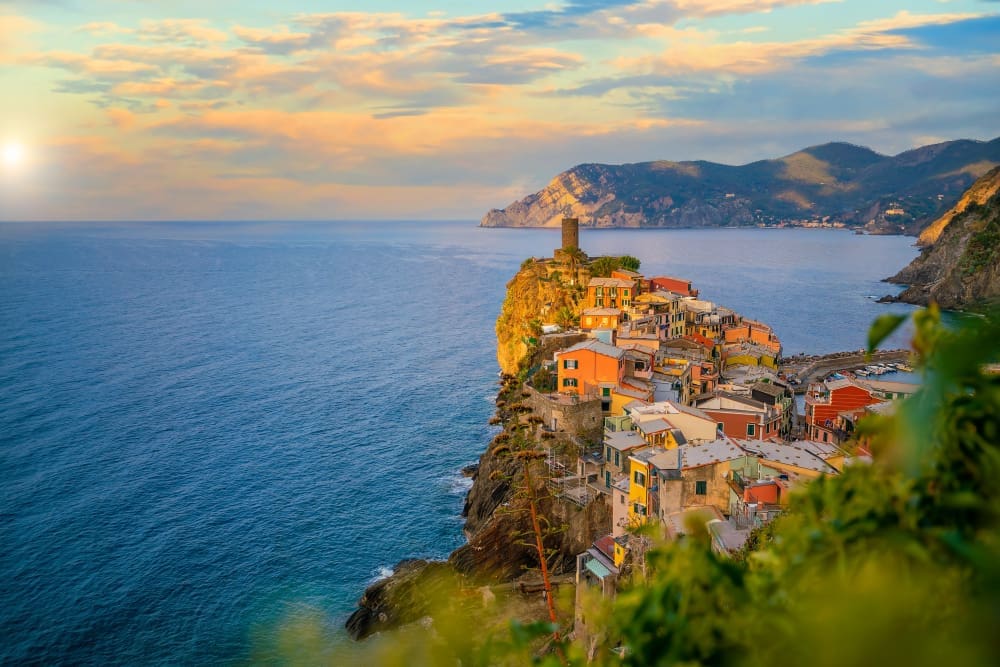
A string of five ancient fishing villages perched precariously along the Italian Riviera, the Cinque Terre is one of Italy’s most scenic coastal landscapes. Monterosso al Mare, Vernazza, Corniglia, Manarola, and Riomaggiore are connected by hiking trails, a local train, and ferries. The region is a UNESCO World Heritage site, celebrated for its dramatic beauty and the centuries-old tradition of terraced vineyards clinging to the steep cliffs.
The best way to experience the area is by hiking the Sentiero Azzurro (Blue Trail), which offers breathtaking views of the Ligurian Sea. Alternatively, the train provides a quick and easy way to hop between the villages. Each town has its own character, from the sandy beach of Monterosso to the postcard-perfect harbor of Vernazza.
5. The Amalfi Coast: A Dramatic Drive
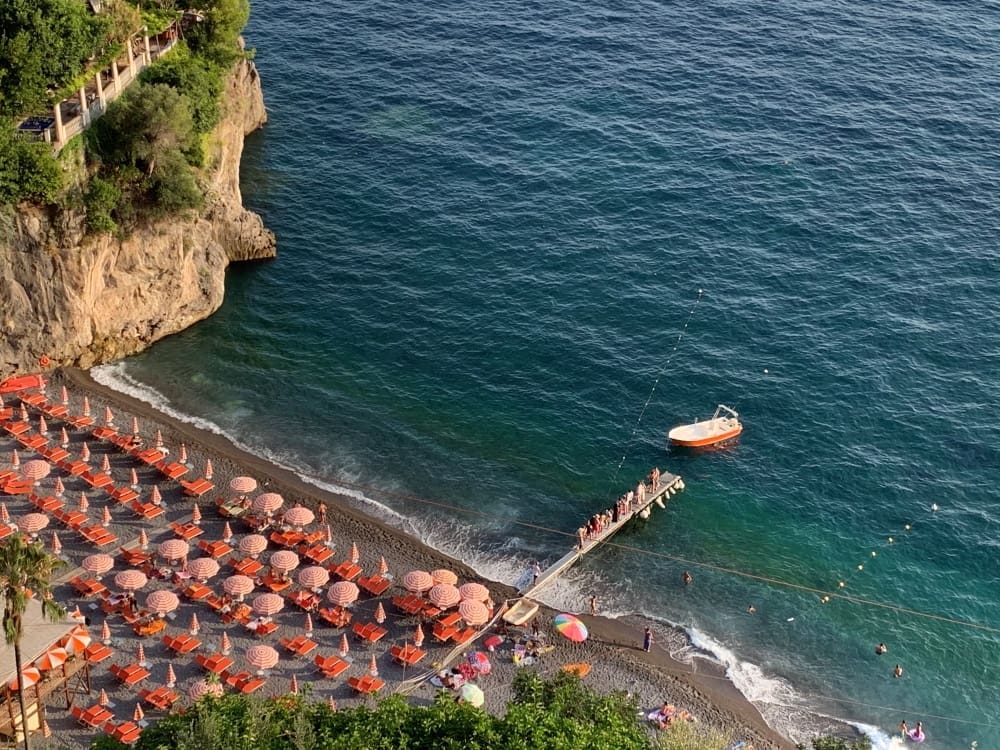
South of Naples lies the Amalfi Coast, a stretch of shoreline so beautiful it seems to have been plucked from a dream. Vertiginous cliffs plunge into the turquoise Mediterranean, and pastel-colored villages cascade down the mountainsides. This is a destination synonymous with glamour, luxury, and unforgettable views.
The most famous towns are Positano, with its chic boutiques and steep, narrow streets, and the historic maritime republic of Amalfi. For a more serene experience, head up to the hilltop town of Ravello, known for its elegant villas and classical music festival. While driving the coastal road is an adventure, using the ferry system is often a more relaxing and scenic way to travel between towns.
6. The Tuscan Countryside: Rolling Hills and Fine Wine
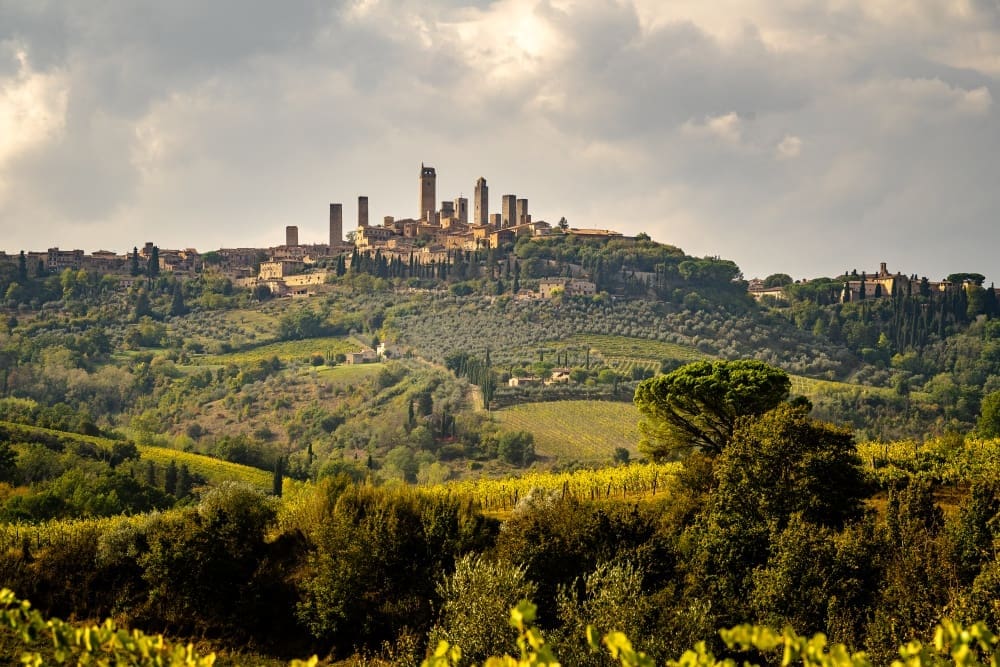
While Florence is its capital, the soul of Tuscany resides in its countryside. This is the Italy of postcards: a landscape of gentle, rolling hills, cypress-lined lanes, medieval hill towns, and sprawling vineyards. It is a region best explored slowly, with a focus on food, wine, and relaxation.
Rent a car to explore classic hill towns like Siena, with its magnificent shell-shaped Piazza del Campo, and San Gimignano, famous for its medieval towers. The Chianti region, between Florence and Siena, offers endless opportunities for wine tasting. For a truly immersive experience, book a stay at an agriturismo, a working farm that offers accommodations and home-cooked meals.
7. The Italian Lakes: Alpine Elegance
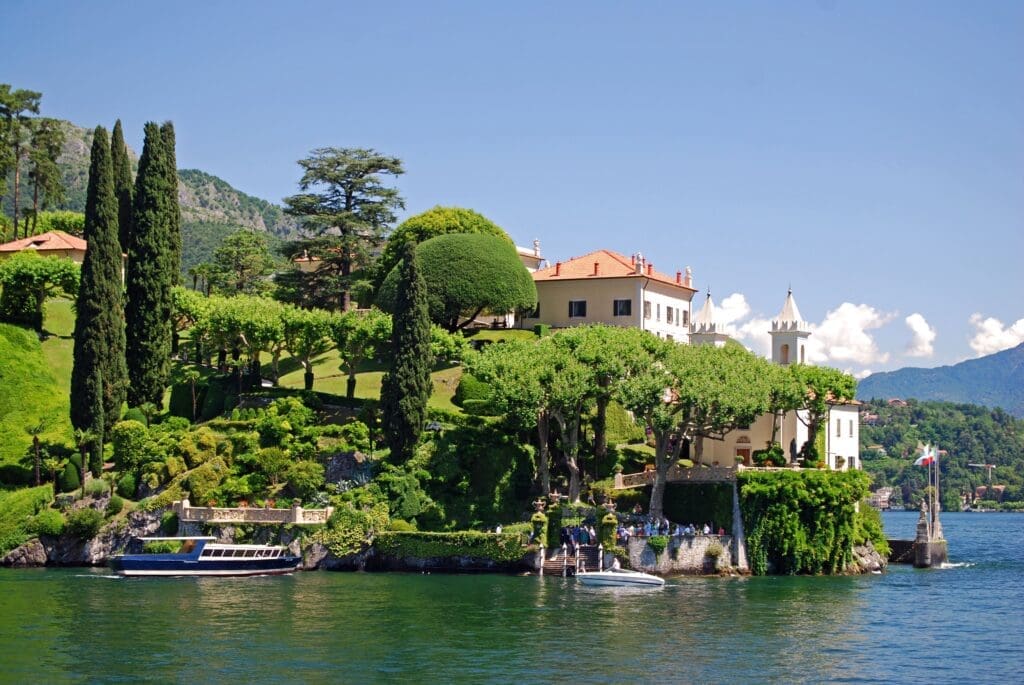
In the north of Italy, nestled at the foot of the Alps, the Italian Lakes offer a vision of serene, natural beauty. Lake Como is the most famous, its deep blue waters lined with opulent villas, lush gardens, and charming towns like Bellagio and Varenna. It’s a place that exudes an air of timeless elegance and tranquility.
Lake Garda, the largest of the lakes, offers a more diverse landscape, from pebble beaches in the south to rugged mountains in the north. The lakes are an ideal destination for those looking to unwind after the hustle of the cities, offering opportunities for boating, hiking, and simply enjoying the spectacular scenery.
8. Pompeii & Herculaneum: Echoes of the Roman Empire
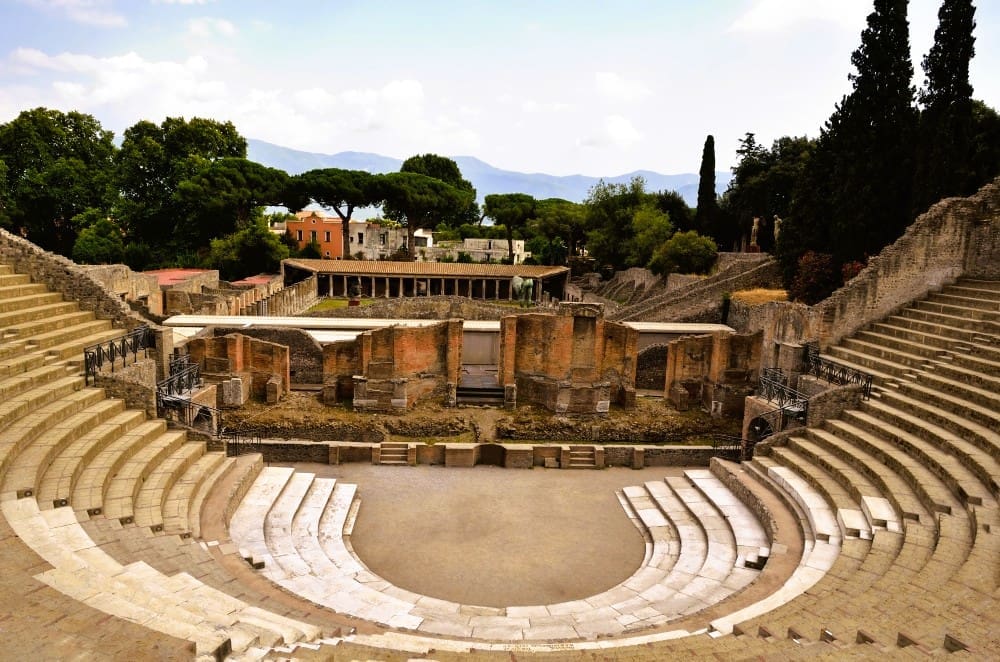
For a direct and powerful connection to ancient Roman life, a visit to Pompeii or Herculaneum is essential. Buried by the eruption of Mount Vesuvius in 79 A.D., these cities were frozen in time, offering an unparalleled glimpse into the daily world of their inhabitants. Pompeii is vast and impressive, while the smaller site of Herculaneum is often better preserved.
Located near modern Naples, these archaeological sites are easily reachable as a day trip from Rome or the Amalfi Coast. To truly understand the context of the ruins, hiring a licensed guide is highly recommended. Walking these ancient streets is a sobering and unforgettable historical lesson.
9. Bologna: The Culinary Heart of Italy
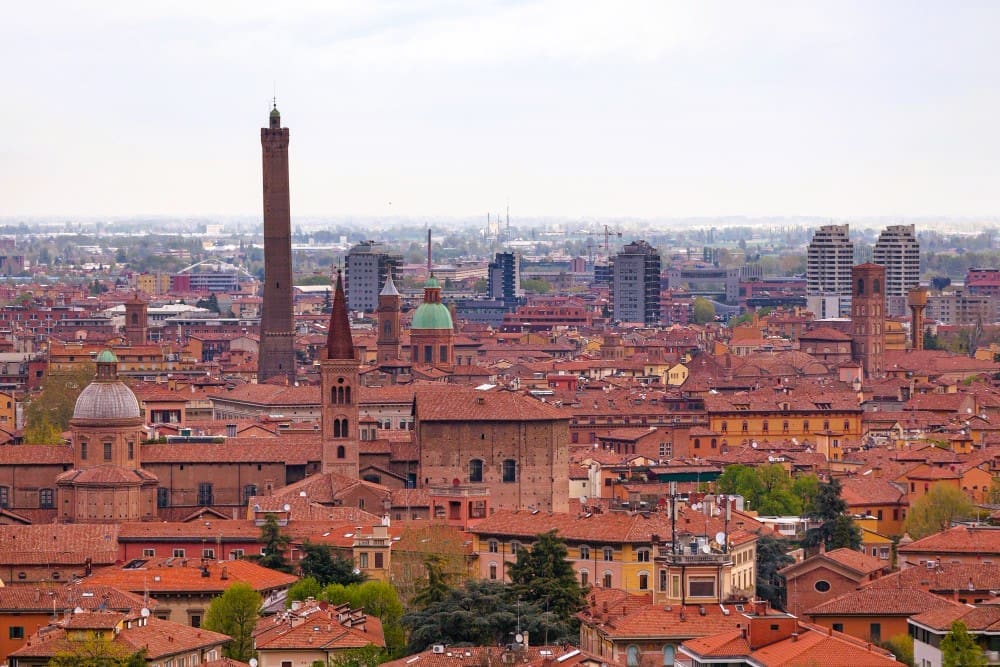
For the food-obsessed traveler, Bologna is a pilgrimage site. As the capital of the Emilia-Romagna region, it is widely considered to be Italy’s culinary capital. The city is famous for giving the world tagliatelle al ragù (the authentic version of bolognese sauce), mortadella, and Parmigiano Reggiano.
Known by its nicknames La Dotta (the learned), for its ancient university, and La Grassa (the fat), for its rich cuisine, Bologna offers a more authentic, less tourist-trodden urban experience. Its historic center is a beautiful network of red-brick buildings and miles of covered porticoes. It is the perfect place to take a cooking class or a food tour.
10. Sicily: An Island of Its Own
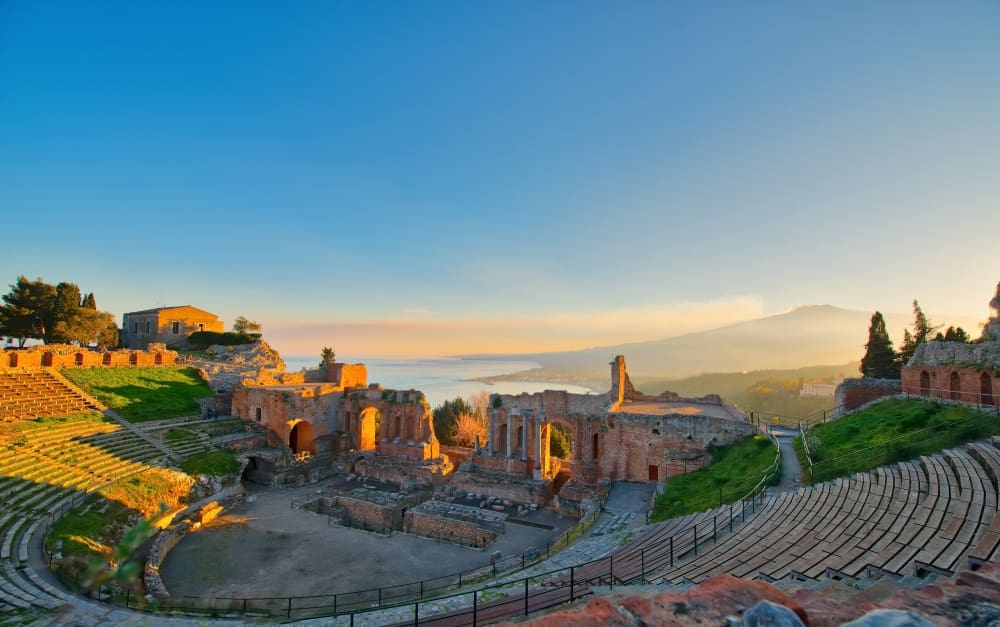
Sicily is more than just an island; it’s almost a country unto itself, with a distinct culture, dialect, and cuisine forged by millennia of conquest and settlement by Greeks, Romans, Arabs, and Normans. Its landscapes are incredibly diverse, ranging from the active volcano of Mount Etna to some of the Mediterranean’s most beautiful beaches.
For a first-timer with limited time, it’s best to focus on one part of the island. The east coast offers the stunning Greek theatre of Taormina, the historic island of Ortygia in Syracuse, and the dramatic presence of Mount Etna. The west features the vibrant capital of Palermo and the magnificent Greek ruins at the Valley of the Temples. A trip to Sicily adds a completely different, more rugged dimension to an Italian holiday.
Putting It All Together: Final Thoughts for a Perfect First Trip
Crafting the perfect first trip to Italy is about striking a balance between seeing the legendary landmarks and allowing for spontaneous discovery. Resist the temptation to cram too much into one visit; Italy is a country that rewards a slower pace. By focusing on the essential cities of Rome, Florence, and Venice, and then carefully selecting one or two other destinations that align with your personal interests—be it coastal scenery, culinary exploration, or ancient history—you can create an itinerary that is both manageable and deeply memorable. Ultimately, the best Italian vacation leaves you not just with photos of famous sites, but with the feeling of having truly experienced la dolce vita, and a compelling desire to return.


